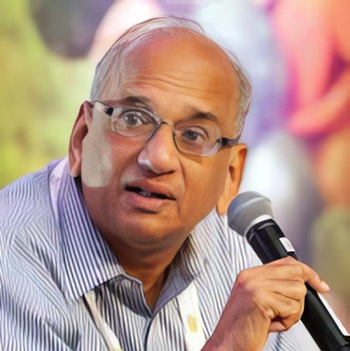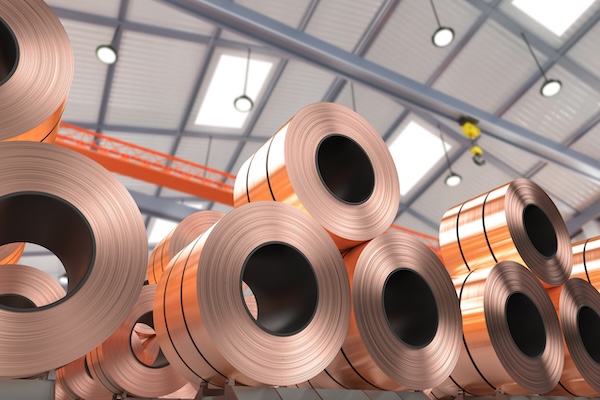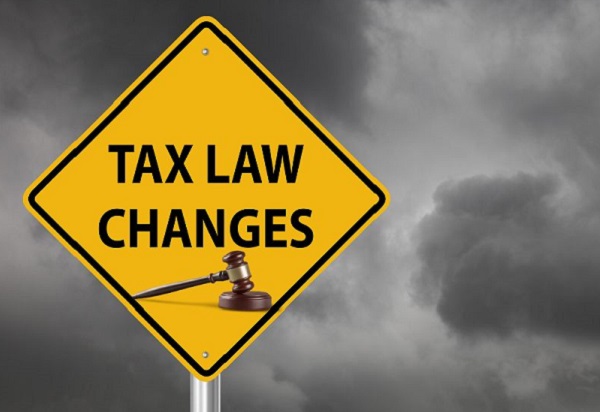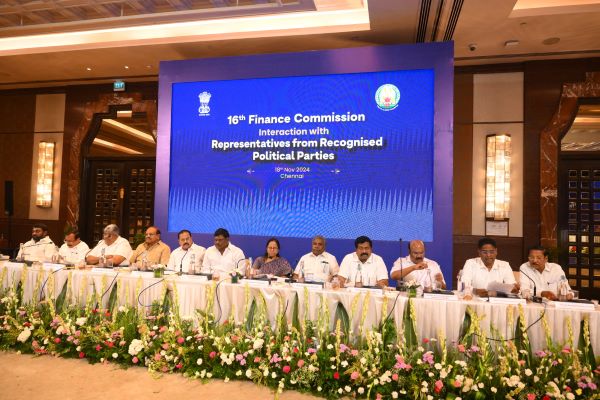.png)

Chandrashekhar is an economist, journalist and policy commentator renowned for his expertise in agriculture, commodity markets and economic policy.
November 4, 2025 at 8:02 AM IST
The shift away from fossil fuels is no longer something to argue about; it is inevitable. The world’s ambition is clear: reach net zero as soon as possible and slow the damage already done by climate change.
The harder question is whether countries like India have the means to do it at the speed they promise. The goals sound impressive, and the intent is genuine. But the raw materials that make those goals possible are another matter altogether.
India laid down its targets in 2015, promising to cut the emissions intensity of GDP by up to 35% from 2005 levels and to source 40% of its power from non-fossil fuels by 2030. In 2022, those goals were revised, and progress since has been steady. Roughly half of our installed capacity now comes from cleaner energy. It is a good beginning, but the harder miles still lie ahead. At Glasgow, India stretched that line further — a net-zero target by 2070.
On paper, it all adds up. But behind those targets sits a tougher truth: every solar panel, every electric vehicle, every charging station depends on copper. Without that metal, there is no electrification, no green grid, no net zero.
Copper Crunch
Copper has become to the clean-energy era what coal once was to the age of steam — the metal that keeps everything running quietly in the background. Demand keeps climbing. Ordinary industries still need more of it each year, and the green economy is adding another surge on top. S&P Global estimates that by 2035 the world will have to produce nearly double what it does today.
For now, the numbers still line up: supply roughly matches demand at about 27.5 million tonnes of refined copper this year. But it’s a fragile equilibrium, one that could tip with a single disruption. But the balance is fragile. A strike in Chile, floods in Peru, or an energy shortage anywhere along the chain can send prices shooting up. Commodity markets have always been quick to panic: a 1% shortage can send prices leaping by double digits.
Copper is at the heart of the story. Around 10,000 dollars a tonne today, and likely 15,000 before the decade is out, that is the scale of the problem. Every solar project, every EV, every charging network depends on it. When copper gets expensive, the whole green economy slows down.
India is already feeling that squeeze. Our refined copper output has fallen from 800,000 tonnes in 2018 to about 550,000 in 2023. We have slipped from exporter to importer in the space of a few years, and the import bill has ballooned from ₹400 billion to ₹890 billion.
The turning point came with the closure of the Sterlite smelter in Tuticorin, a plant that once met half the country’s refining needs. The environmental anger was justified; the economic loss, undeniable. We have yet to recover from it.
The case is still in court, and this is not about taking sides. It is about recognising a national loss that has quietly weakened an entire industrial chain. Technologies to curb emissions and effluents exist.
The larger failure is political, an inability of the Centre and the State to find a balanced, transparent way forward.
Policy Blind Spot
This is not just about one smelter. It is about how India plans its energy future. We cannot keep announcing new solar and EV targets without asking whether the materials to meet them are available at home. Every tonne we import ties our transition to someone else’s stability.
If net zero is to mean anything beyond a slogan, it has to rest on secure access to the materials that make it possible. That means restoring or replacing lost capacity, investing in refining and recycling, and writing environmental rules that work with industrial policy.
Atmanirbhar Bharat is a phrase the government uses often. This is where it must be proved. Can we build a green future while neglecting the very industries that enable it? Can we let ideology or inertia stall an entire national project?
Net zero should do more than clean the air; it should improve the lives lived beneath it, through steady jobs, secure energy and a sturdier economy. That vision needs realism as much as it needs resolve. Energy transition is not a campaign; it is a construction project that runs on minerals, manufacturing and money.
India has shown the will. What it now needs is coordination, between ministries, between the Centre and the States, and between environment and industry. Otherwise, the 2070 pledge could fail not from lack of intent, but from lack of copper.




